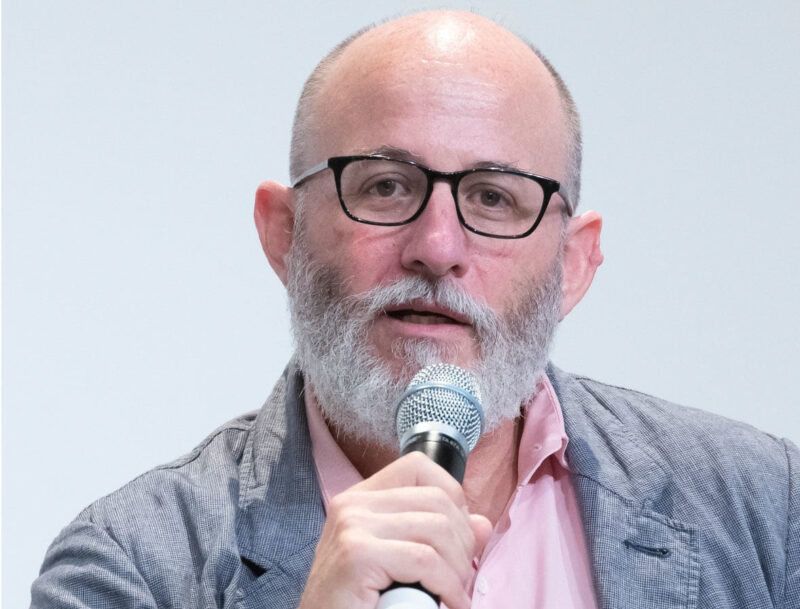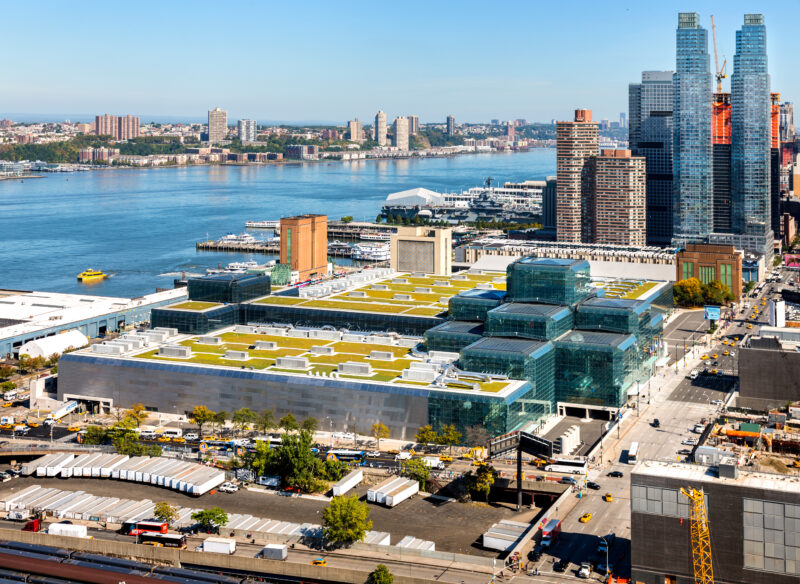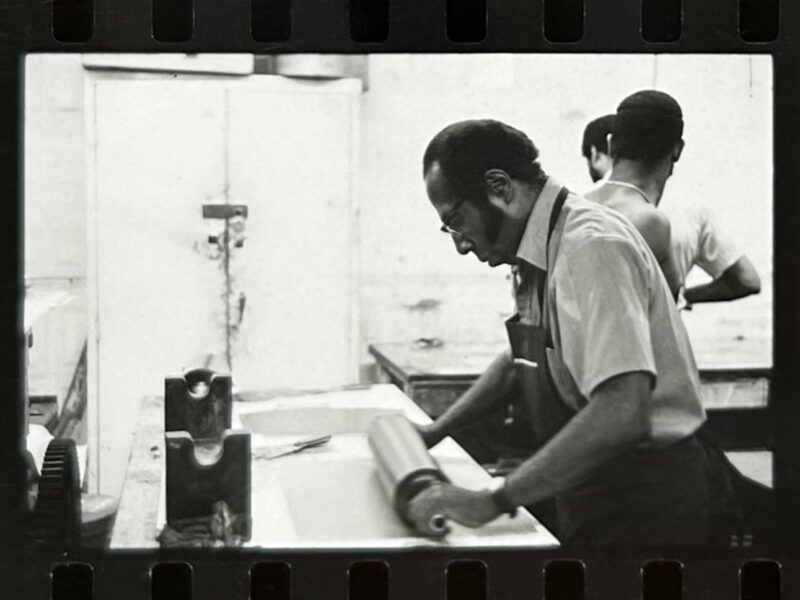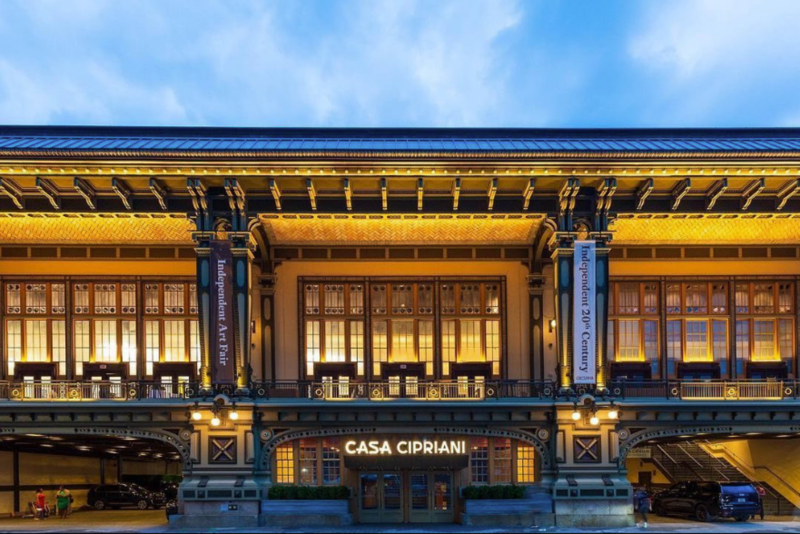Independent 20th Century celebrated the fair’s second edition this past Armory Week in New York. This spin-off, invite only event spawned by Independent Art Fair foregoes contemporary art from this century solely for the last, refusing to consider work made in the 20th century as the stodgy ‘modern art,’ most of us know, but the forebears of today — many of whom are alive and working.
Brooklyn-based art writer Vittoria Benzine crash landed back on the East Coast last Thursday morning after a month of intense true love boot camp in the Wild West, just in time to cover The Armory Show and help a friend out with their booth at SPRING/BREAK. She and her combination boss/assistant/lover made it to Independent 20th Century on Sunday afternoon — the fair’s last day — after four long days getting back into the swing of it and, for Benzine, still living out of a suitcase.
Benzine was pleasantly surprised by more than the fair’s simplicity, although 32 exhibitors across one fair floor was a welcome respite from the Javits Center for certain. Independent’s premise seemingly responds to society’s renewed, post pandemic commitment to righting the past’s racist, sexist, and classist wrongs by correcting our patterns for a more equitable future. From museum directors to Supreme, though, society is learning in real time that symbolic changes aren’t enough, and can actually cause more harm. Independent 20th Century’s desire to rewrite a more inclusive art historical canon feels like an informed step towards systemic change with art world flair, in sumptuous Cipriani’s down by the elegant seaport. Here’s a few booths we loved learning about.
Alexander Calder and Vanuatu Totems at Venus Over Manhattan
It’s a genius concept, and Venus Over Manhattan knows it — that’s gotta be why the downtown art gallery re-duxed the striking duo of Calder’s gouaches on paper alongside towering, historic sculptures built on the Ambrym and Banks Islands of Vanuatu for a sequel show — following the first, a 2019 exhibition that showcased similar totems alongside Calder’s Crags. It’s an incredible use of space and aesthetics, but also a critical opportunity to re-contextualize history. Calder and peers like Picasso nortoriously fawned over and even appropriated artifacts like these.
Winfred Rembert at James Barron Art
Speaking of spectacles, I’d imagine our discovery of Winfred Rembert at Independent 20th Century was precisely the kind of art interaction the event intends to foster. So many features of these materially-based scenes drew us in, from their animated hues, forms, and scenes of varying emotions to the dimensionality of Rembert’s expertly tooled leather. A gallery associate told us that Rembert came to art only in the last 20 years of his at times harrowing but always historically important life. That he longed to tell the tale, much less leave us with these, is a triumph all its own.
Emilio Cruz at Corbett vs. Dempsey
Surrealism and bodily blends of humanity and archetypal animal spirits abounded across this event’s expanded take on the 20th century, though none quite as compelling or beautiful to our eyes as Emilio Cruz’s drawings and paintings presented by this acclaimed Chicago-based gallery. Cruz, a Cuban-American painter, poet, playwright, performance artist, and musician, spent most of his life in New York City, where he was born in 1938. He also traversed the Midwest though to teach — protesting alongside his wife along the way. His pastel birds of prey are particularly mesmerizing.
Allan Wexler at Jane Lombard Gallery
Bridgeport, CT-born and NYC-based architect and artist Allan Wexler is very much living. Similarly, his understated irony, dating back to the dawn of the 1990s, helped inform today’s trademark jovial nihilism. But these works don’t give cynicism — instead, they play in a delicate way, honoring the truth that we people all need each other. Four conjoined shirt collars on the wall come together like four guests at a table cloth. It’s just part of “Coffee Seeks Its Own Level” (1991), a performative group sculpture where interconnected tubes connecting coffee cups require participants to play together to keep their drinks from overflowing, staining said tablecloth. They gave a demonstration on opening day.
Dingda McCannon at Fridman Gallery

The artist was present — not just at the booth when we walked by, but also amongst Independent 20th Century’s svelte yet thoughtful programming, in a panel discussion about Black Art Communities from 1960 through 1980 alongside curator Rujeko Hockley and hotshot artist Tschabalala Self. McCannon’s solo booth presented work from throughout her career, like illustrations for an early Black children’s book, which started as prints and document the artist’s evolution into pen and ink — alongside fine artworks like paintings and textiles. Much like the cannon she came from, McCannon’s story isn’t finite. She’s still growing, thriving, expanding today.







